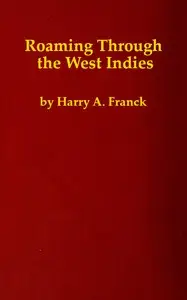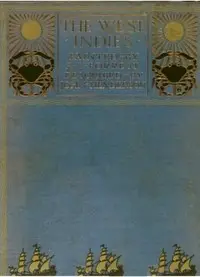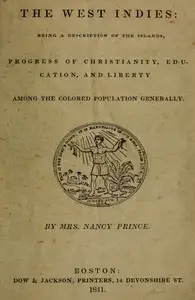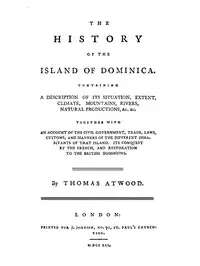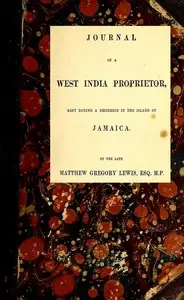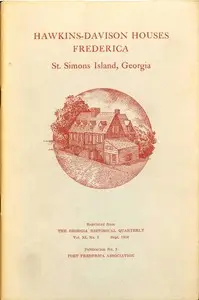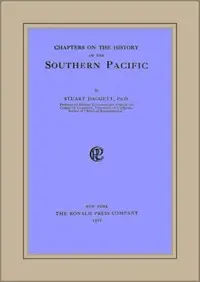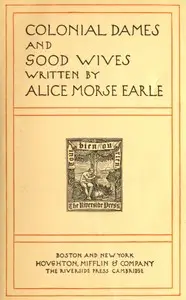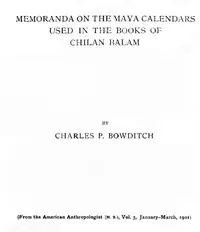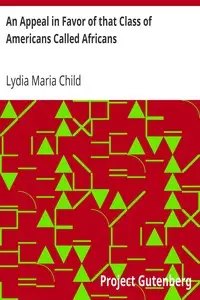"A True & Exact History of the Island of Barbados" by Richard Ligon is a 17th-century journal documenting the author's trip to Barbados. This book shares Ligon's firsthand view of the island, noting its geography, plant life, sugar-making, and social and political happenings. Part memoir and part study of colonization, it starts with Ligon explaining why he traveled there, remembering how a friend encouraged him to write about his time in Barbados while the author was locked up. Ligon then goes on to describe the island's beauty and bounty, introducing both the landscape and the people he meets, as well as details about his sea voyage and the ocean creatures he saw, all while expressing his hopes for the island's success through sugar farming and trade.
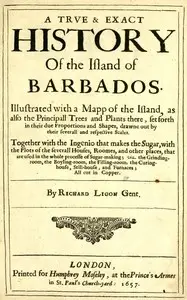
A true & exact history of the island of Barbados
By Richard Ligon
Imprisoned and in debt, a 17th-century traveler journeys to a Caribbean island, seeking prosperity and adventure through sugar cultivation and trade.
Summary
About the AuthorRichard Ligon (1585?–1662), an English author, lost his fortune as a royalist during the English Civil War (1642-1651), and during this turbulent time in England he found himself, as he notes in his narrative, a "stranger in my own country.” On 14 June 1647, he left for Barbados to gain his fortune in the New World, like many of his fellow countrymen. Ligon purchased half of a sugar plantation in Barbados. After two years residence on the island he was attacked by a fever, and returned to England in 1650. He was soon afterward put into prison by his creditors. There are conflicting reports as to whether his narrative was conceived of in prison as a way to pay off his creditors and gain his freedom, or before his imprisonment at the urging of Brian Duppa, Bishop of Salisbury. His work, a folio with maps and illustrations, is entitled A True and Exact History of the Island of Barbados and was published in London in 1657 and again in 1673.
Richard Ligon (1585?–1662), an English author, lost his fortune as a royalist during the English Civil War (1642-1651), and during this turbulent time in England he found himself, as he notes in his narrative, a "stranger in my own country.” On 14 June 1647, he left for Barbados to gain his fortune in the New World, like many of his fellow countrymen. Ligon purchased half of a sugar plantation in Barbados. After two years residence on the island he was attacked by a fever, and returned to England in 1650. He was soon afterward put into prison by his creditors. There are conflicting reports as to whether his narrative was conceived of in prison as a way to pay off his creditors and gain his freedom, or before his imprisonment at the urging of Brian Duppa, Bishop of Salisbury. His work, a folio with maps and illustrations, is entitled A True and Exact History of the Island of Barbados and was published in London in 1657 and again in 1673.

